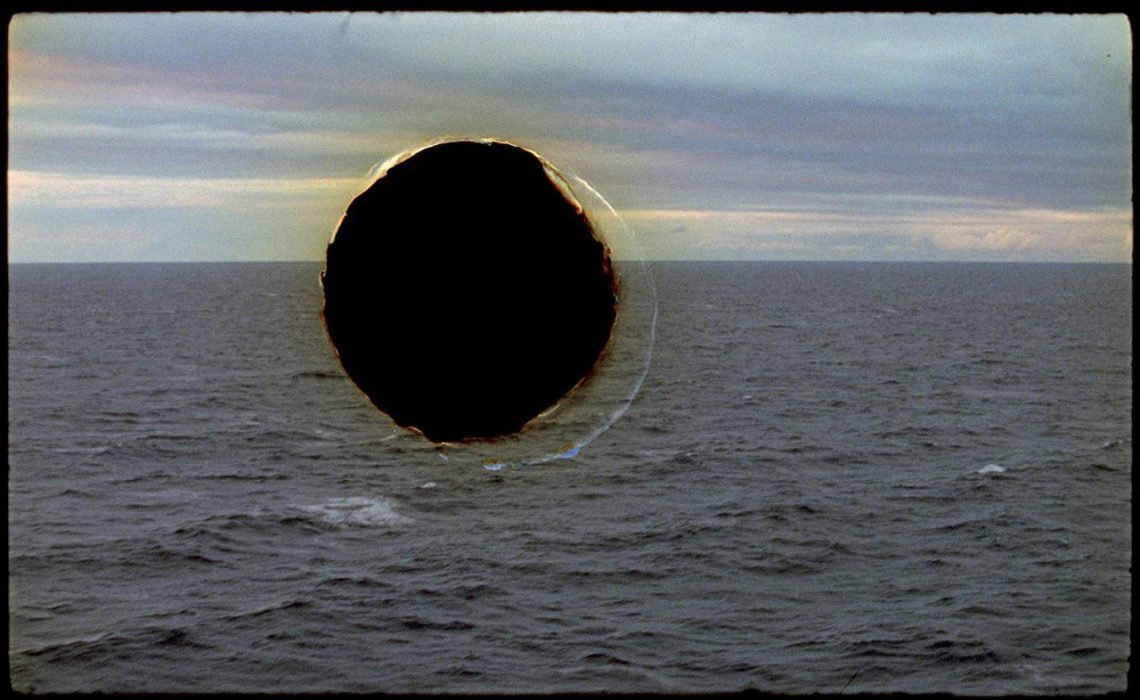Cos’è la Giornata della Terra?
Hai mai chiesto come è iniziata la Giornata dell’Ambiente? La prima Giornata della Terra è stata celebrata il 22 aprile 1970, quando l’attivista di San Francisco John McConnell e il senatore del Wisconsin Gaylord Nelson hanno separatamente chiesto agli americani di partecipare a una manifestazione di base. Affrontando problemi pericolosamente seri legati all’acqua potabile tossica, all’inquinamento dell’aria e agli effetti dei pesticidi, fino a 20 milioni di americani, il 10% della popolazione, sono usciti e hanno protestato insieme.
Il presidente Richard Nixon ha guidato il paese nella creazione dell’Agenzia per la Protezione dell’Ambiente, seguita da leggi di successo come la Clean Air Act, la Clean Water Act e la Endangered Species Act. McConnell aveva scelto l’equinozio di primavera (20 marzo 1970), ma Nelson aveva scelto il 22 aprile, che alla fine è diventato la data ufficiale della celebrazione. Oggi, la Giornata della Terra non è solo un giorno per sensibilizzare sulle questioni ambientali, ma sta diventando anche un momento popolare per molte comunità per pulire i rifiuti, piantare alberi o semplicemente riflettere sulla bellezza della natura. Ecco un elenco di attività e progetti che puoi fare per migliorare il tuo ambiente locale! L’attività umana e la necessità di rispondere alle esigenze di una popolazione globale sempre più numerosa stanno destabilizzando l’equilibrio naturale del nostro pianeta e indebolendo la sostenibilità della società moderna. Prestare attenzione e implementare comportamenti adeguati per tutelare il pianeta è più importante che mai. Ma nella pratica?
Oggi, non solo la Giornata della Terra è una giornata dedicata alla sensibilizzazione sui problemi ambientali, ma sta diventando anche un momento popolare per molte comunità di riunirsi per pulire la sporcizia, piantare alberi o semplicemente riflettere sulla bellezza della natura. Ecco una lista di attività e progetti che puoi fare per migliorare il tuo ambiente locale! L’attività umana e la necessità di rispondere alle esigenze di una popolazione globale sempre più numerosa stanno destabilizzando l’equilibrio naturale del nostro pianeta e indebolendo la sostenibilità della società moderna. Prestare attenzione e attuare comportamenti appropriati per proteggere il pianeta è più importante che mai.
Ma nella pratica?
L’acqua è una risorsa preziosa e purtroppo vi è un alto spreco quotidiano. Come possiamo invertire la rotta? Non lasciare scorrere l’acqua del rubinetto a meno che non sia strettamente necessario, usare sempre la lavatrice e il lavastoviglie con carichi completi, sostituire i tubi o i rubinetti che perdono.
Usare meno l’auto
Quando possibile, lasciare la macchina a casa e adottare altre soluzioni, come i mezzi pubblici, o utilizzare la bicicletta. In alternativa, è possibile utilizzare la micro-mobilità come gli scooter elettrici o le e-bike.
Non sprecare elettricità
Con alcuni piccoli trucchi possiamo risparmiare denaro e proteggere l’ambiente, ad esempio acquistando apparecchi di classe A, scollegando gli apparecchi inutilizzati, spegnendo la luce ogni volta che lasciamo una stanza e utilizzando le lampadine a risparmio energetico.
Ridurre il consumo di carne e pesce
Scegli una dieta varia, composta da frutta, verdura, proteine vegetali (soprattutto se a 0 km). Non devi rinunciare alle fonti animali, ma assicurati che la carne provenga da fattorie biologiche e non intensive.
Fare la raccolta differenziata
Suddividere i rifiuti, cercando di riciclare il più possibile. Evitare gli sprechi, l’imballaggio inutile, non usare piatti e posate in plastica, riutilizzare tutto ciò che può essere riutilizzato.
Fare acquisti intelligenti
Anche quando facciamo acquisti possiamo prendere scelte responsabili, usare borse in tela per la spesa quotidiana e, quando possibile, utilizzare detergenti a prelievo e prodotti alla spina.
Utilizzare carta riciclata
Se necessario, utilizzare carta riciclata. Non stampare email o altri documenti se non strettamente necessario.
Piantare un albero
Sapevate che un albero di medie dimensioni può assimilare in media circa 6 kg di CO2 ogni anno? Una buona ragione per promuovere i giardini urbani.
Ottimizzare il riscaldamento
Evitare di mantenere il riscaldamento della casa a una temperatura superiore a 19 °. Sostituire i vecchi apparecchi per migliorare l’efficienza energetica.
Scegliere cosmetici e detergenti ecologici
Un’altra concreta aiuto arriva dalla scelta dei prodotti per la pulizia del corpo e della casa, utilizzando detergenti eco-bio e cosmetici, senza parabeni e altre sostanze tossiche.






